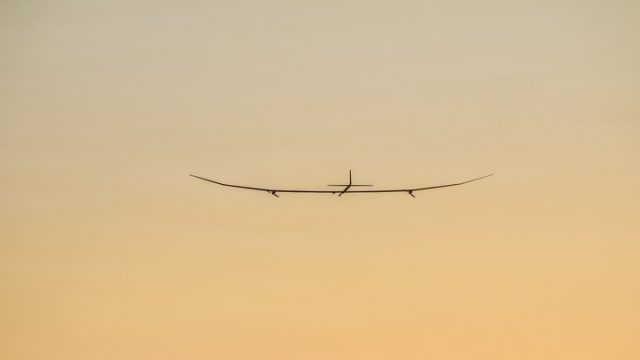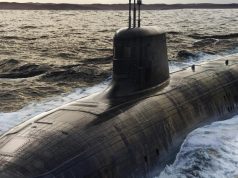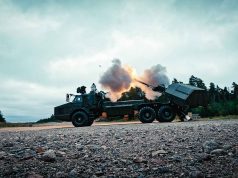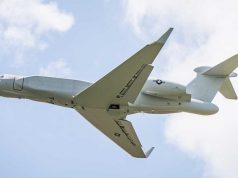A 35-meter wingspan solar-electric aircraft named PHASA-35 and funded by Australian and UK defense research bodies has successfully completed its maiden flight.
This was announced by British defense company BAE Systems, which developed the aircraft together with Prismatic Ltd.
Designed to operate unmanned in the stratosphere, PHASA-35 plugs the gap between aircraft and satellite technology. The aircraft has been designed to offer an affordable alternative to satellites combined with the flexibility of an aircraft, which could be used for a range of applications including forest fire detection and maritime surveillance.
Sponsored by the UK’s Defence Science and Technology Laboratory (DSTL) and Australian Defence Science and Technology Group (DSTG), the successful flight trials took place at the Royal Australian Air Force (RAAF) Woomera Test Range in South Australia.
The trials marked the first fully integrated flight test of the PHASA-35 system, delivering proof of capability from design to flight in just 20 months. They are the culmination of efforts from a collaborative team of British experts from Prismatic in Hampshire, where two full-sized concept aircraft were built last year.
As a high altitude long endurance (HALE) vehicle, PHASA-35 is powered by the Sun during the day and by batteries overnight. The long-life battery and highly efficient solar technology could allow the aircraft to maintain flight for up to a year operating in the stratosphere, the upper regions of the Earth’s atmosphere.
As explained by BAE Systems, the aircraft will provide both military and commercial customers with capabilities that are not currently available from existing air and space platforms. The UAV also has the potential to be used in the delivery of communications networks including 5G, as well as provide other services, such as disaster relief and border protection, at a fraction of the cost of satellites.
Further flight trials are scheduled for later this year, with the possibility that the aircraft could enter initial operations with customers within 12 months of the flight trials program completion.



























